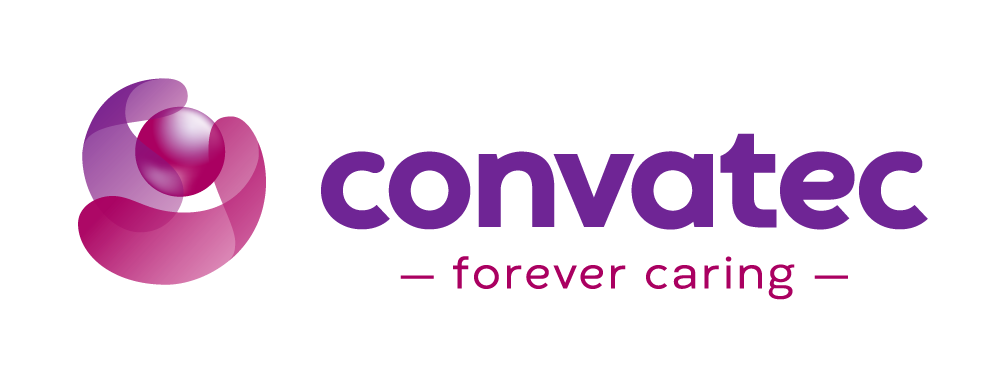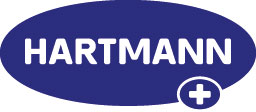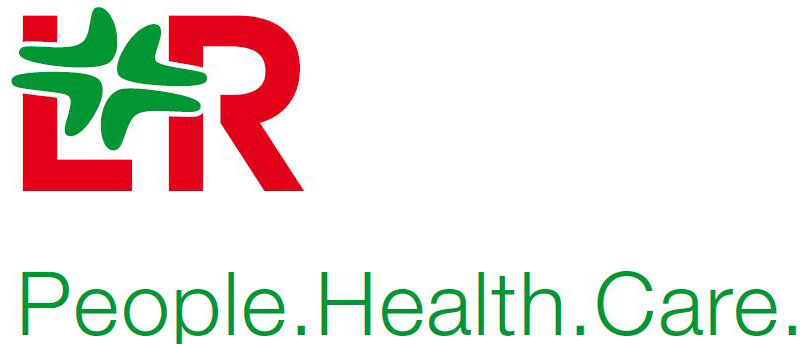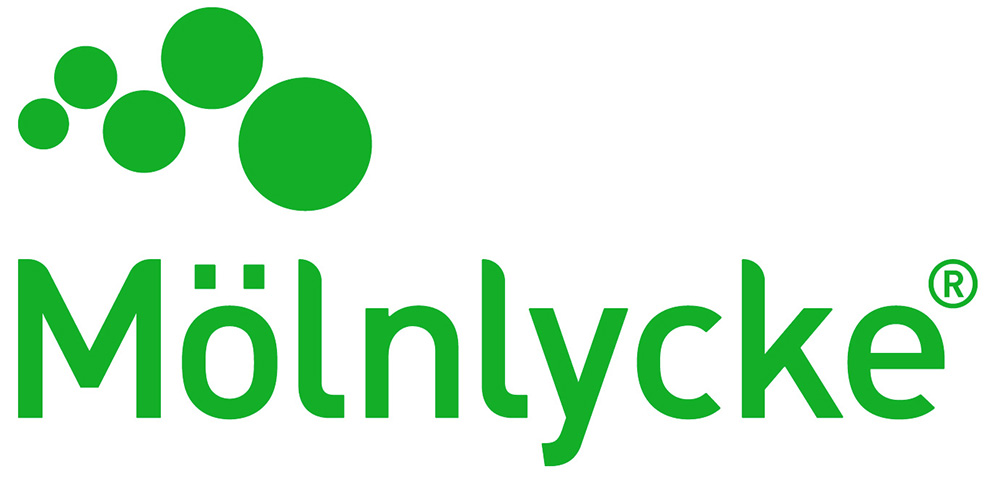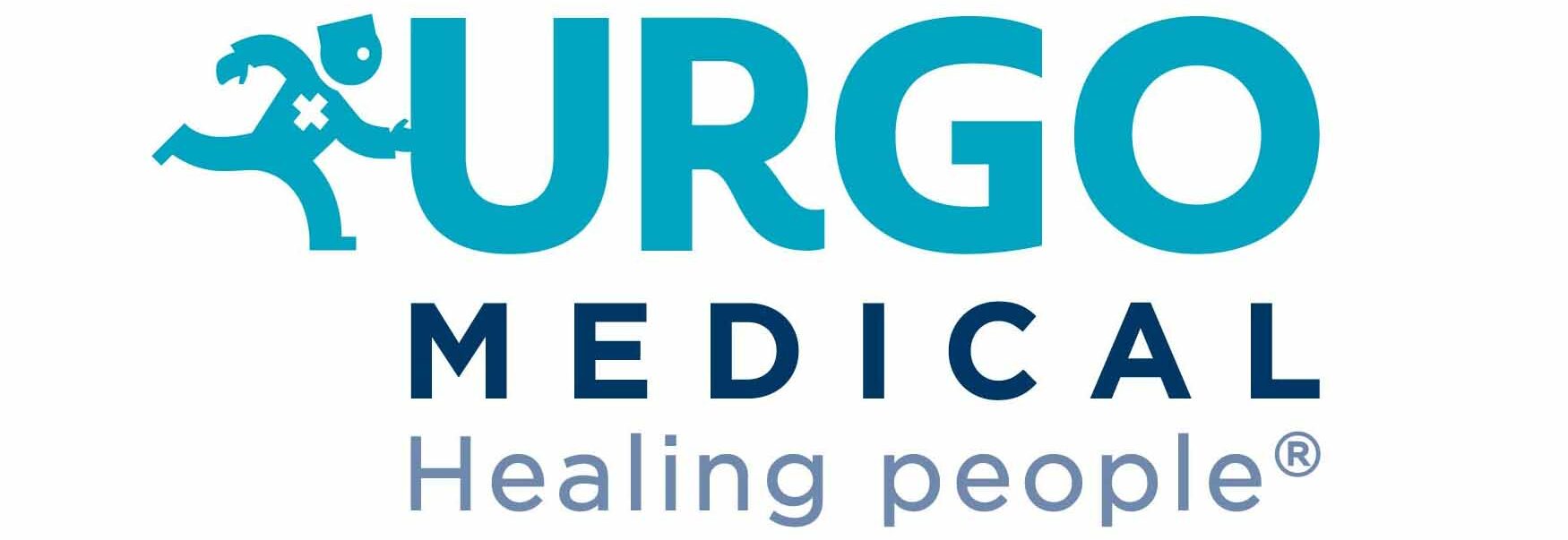From Pressure to Prevention: Rethinking Ulcer Care in Emergency Settings
Join our FREE webinar during #STOPTHEPRESSURE week to Understand the barriers, perspectives, and collaborative solutions shaping pressure ulcer care across ED and ambulance pathways
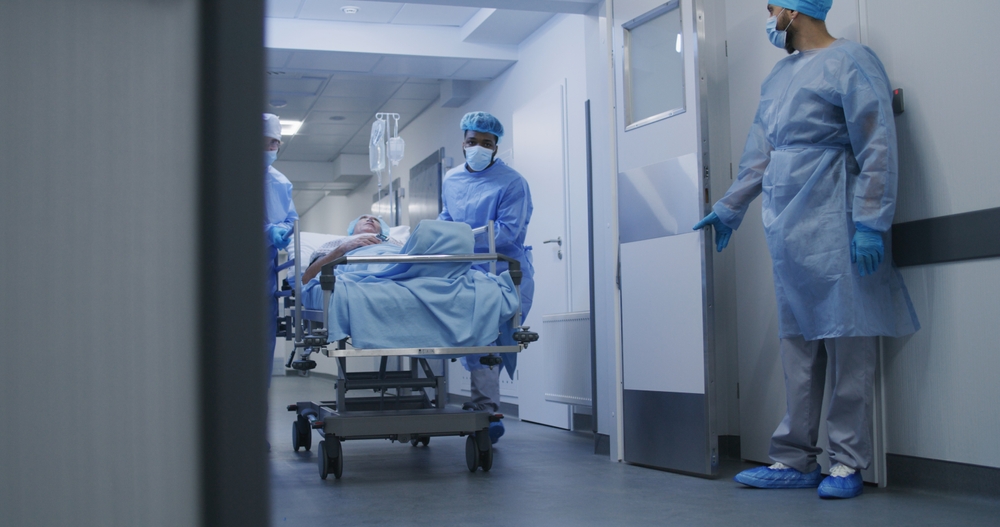
When and where
Monday 17 November, 6.30-7.30pm via Zoom
Overview
Pressure ulcer prevention doesn’t start on the ward — it begins the moment care is delivered, often in the busiest and most pressured environments. This webinar explores the unique challenges of delivering pressure ulcer care in Emergency Departments and pre-hospital settings.
Hear directly from healthcare professionals about their experiences, and learn how collaborative working between North Bristol Trust ED teams and the South Western Ambulance Service (SWAST) are improving patient outcomes, reducing harm, and transforming culture.
Join us to understand how system pressures are driving change and what it means for the future of pressure ulcer prevention.
Panel discussion
The challenges of providing basic skin checks in the ED department, corridors and in the back of an ambulance
- Can only roll onto left side in ambulance, very limited space
- Challenges of corridor care/EDAU – dignity of skin checks, patients on chairs in EDAU for extended periods, patients in the wrong place for their needs for prolonged periods
- Trolley – patients spending a significant time on trolleys that are narrow, hard and practical concerns around rolling and can only really lay on their backs so not suitable for repositioning
- Changing demographic of patient cohort – increased frailty and acuity of patients
Staff challenges
- No staff member wants a patient to get a PU, and recognise that corridor care/waiting in ambulances/increased length of time in the department is not the normal level of care that they would want to deliver
- SWAST cohort patients in the ED department, to allow more crews to get back out on the road to handle call
- Recognition that paramedics were not historically taught about pressure ulcers as the ambulance service was for attending 999 calls. Despite being given training this is minimal and on how to check for a PU
- Paramedics will prioritise clinical assessment over a skin check. Also consider the practical perspective of completing a skin check.
Find out what works well
- The working relationship between the ED and SWAST is pivotal to improve skin checks and early detection of PU
- PSIRF to identify themes and focus learning
- Anecdotally, patients have informed paramedics that repose overlays improve patient comfort, even in low PU risk patients when on a trolley. Patients and staff should ask for a repose overlay if they are on a trolley for a prolonged period
- Use of trauma mattress
- All high-risk patients ideally will be given a bed with a hybrid dynamic mattress or full dynamic mattress
Who should attend
Clinical and Non clinical staff, patients, families, social care providers who are interested in PU care within the emergency department.
Keynote Speakers

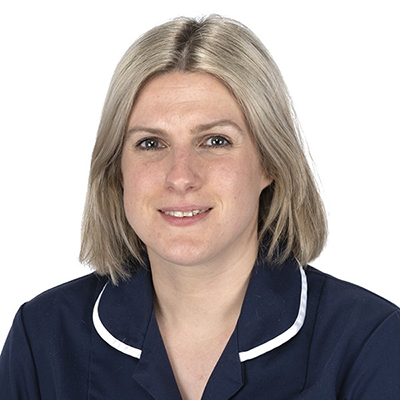
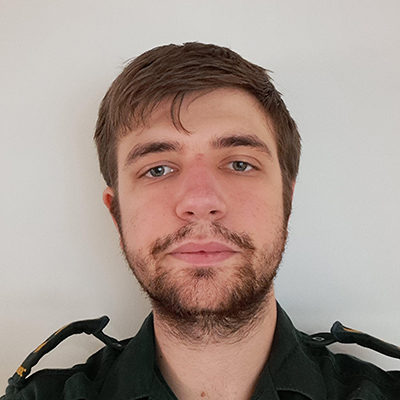
Bill Bigwood
Clinical Lead and Paramedic
NHS Bristol, North Somerset and South Gloucestershire (BNSSG) and South Western Ambulance Service (SWAST)
Read more…
